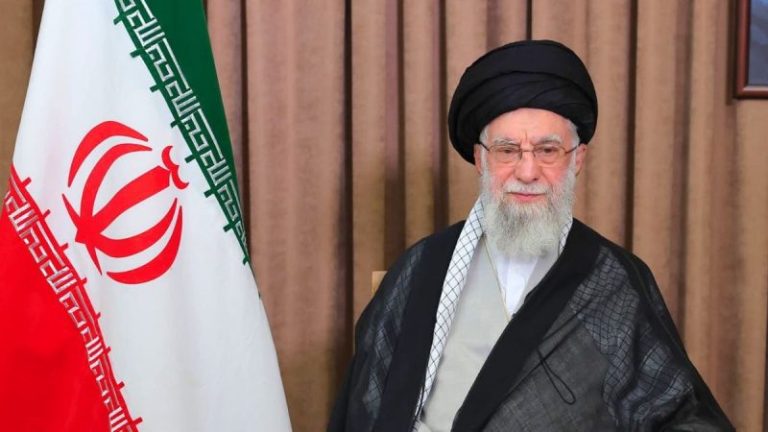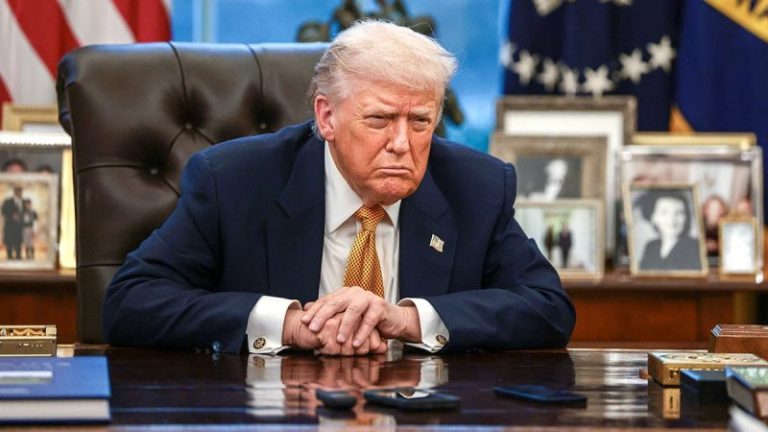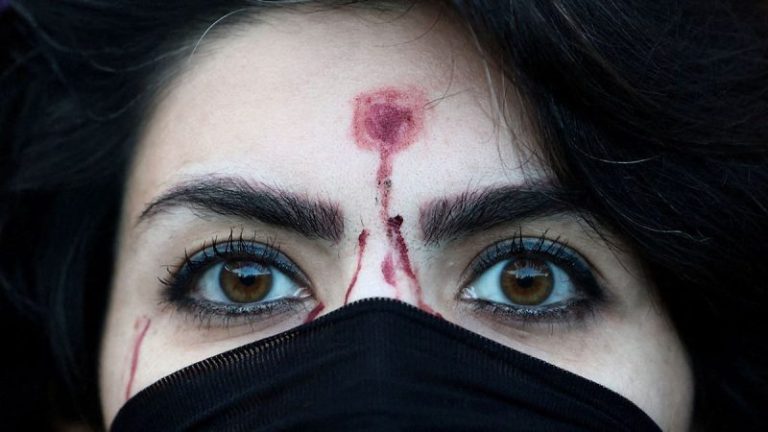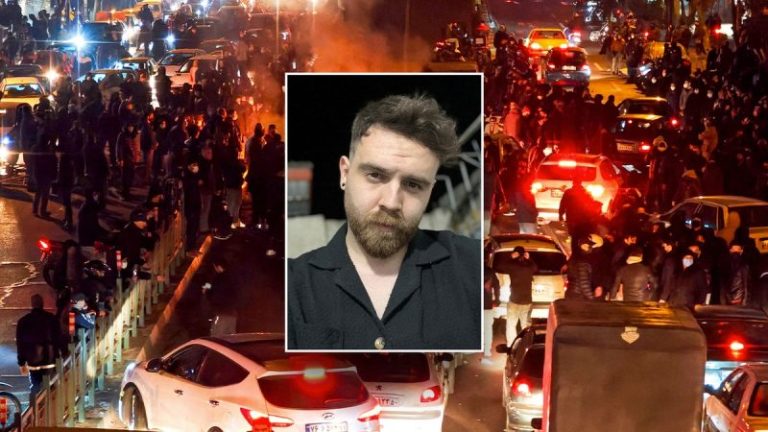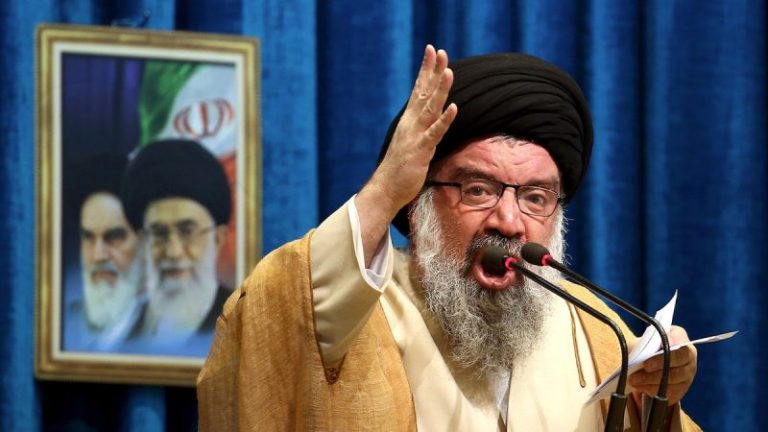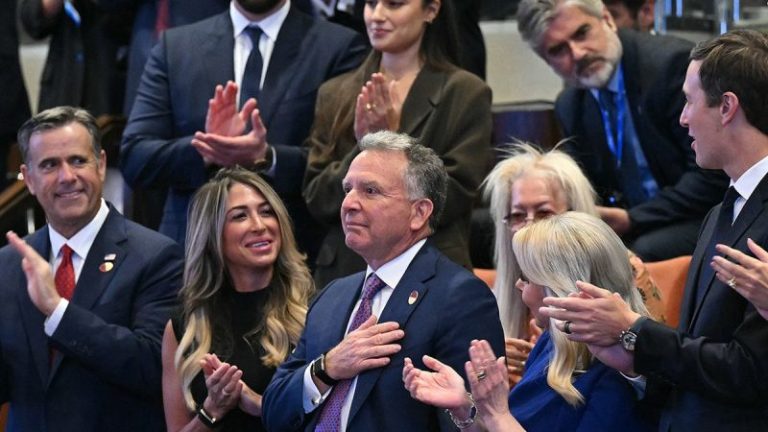Iran’s Supreme Leader Ayatollah Ali Khamenei on Saturday lashed out at President Donald Trump, labeling him a ‘criminal’ and accusing the U.S. of orchestrating unrest that has erupted into the deadliest protests in decades.
‘The latest anti-Iran sedition was different in that the U.S. President personally became involved,’ Iranian media quoted Khamenei as saying, per Reuters.
The statement is the latest Iranian government rhetoric blaming the U.S. for contributing to instability in Iran, with Tehran singling out Trump as a central figure in what it calls foreign-driven unrest. The regime has also been pointing fingers at Israel.
Protests have raged in Iran since late December, initially over economic problems but rapidly expanding into widespread anti-regime demonstrations. Demonstrators have been met with severe crackdowns by security forces.
Human rights groups say thousands of protesters have been killed in the unrest. Reports from various groups say Khamenei was responsible for a crackdown that killed thousands of protesters. The U.S.-based Human Rights Activists in Iran on Friday put the death toll at 3,090.
The number, which exceeds that of any other round of protest or unrest in Iran in decades and recalls the chaos surrounding the 1979 revolution, continues to rise.
Meanwhile, Iranian opposition figure Reza Pahlavi told Bret Baier on ‘Special Report’ on Monday that a minimum of 12,000 people were dead.
Trump has expressed support for Iranian protesters and talked about regime change, while some Republican lawmakers have openly urged Trump to consider military action.
The president said on Tuesday that he cut off meetings with the Iranian regime, saying there would be no contact until the government stops killing protesters. He also urged the Iranian people to ‘take over’ the country.
When asked if Arab and Israeli officials ‘convinced’ him to not strike Iran, Trump told reporters Friday that he convinced himself and cited the canceled hangings.
Trump also expressed similar sentiments on social media Friday.
‘I greatly respect the fact that all scheduled hangings, which were to take place yesterday (Over 800 of them), have been canceled by the leadership of Iran. Thank you!’ Trump said in a post on Truth Social on Friday.
It is unclear who Trump spoke to in Iran to confirm the state of any planned executions. The statement echoes what White House press secretary Karoline Leavitt told reporters Thursday about the canceled executions. She maintained that all options remained on the table when it comes to dealing with Iran.
‘What I will say with respect to Iran is that the president and his team have communicated to the Iranian regime that if the killing continues, there will be grave consequences,’ Leavitt told reporters Thursday. ‘And the president received a message as he revealed to all of you and the whole world yesterday that the killing and the executions will stop. And the president understands today that 800 executions that were scheduled and supposed to take place yesterday were halted.’
It’s unclear from Trump’s post if he was referring to the 800 executions that were already canceled or whether there have been two consecutive days when 800 executions have been called off.
Meanwhile, a sermon by Ayatollah Ahmad Khatami carried by Iranian state radio sparked chants from those gathered for prayers, including: ‘Armed hypocrites should be put to death!’
Khatami, a member of Iran’s Assembly of Experts and Guardian Council long known for his hardline views, described the protesters as the ‘butlers’ of Israeli Prime Minister Benjamin Netanyahu and ‘Trump’s soldiers,’ according to The Associated Press.
He said Netanyahu and Trump should await ‘hard revenge from the system.’
‘Americans and Zionists should not expect peace,’ the cleric said.
Fox News Digital’s Benjamin Weinthal and Diana Stancy, as well as Reuters and The Associated Press contributed to this report.

